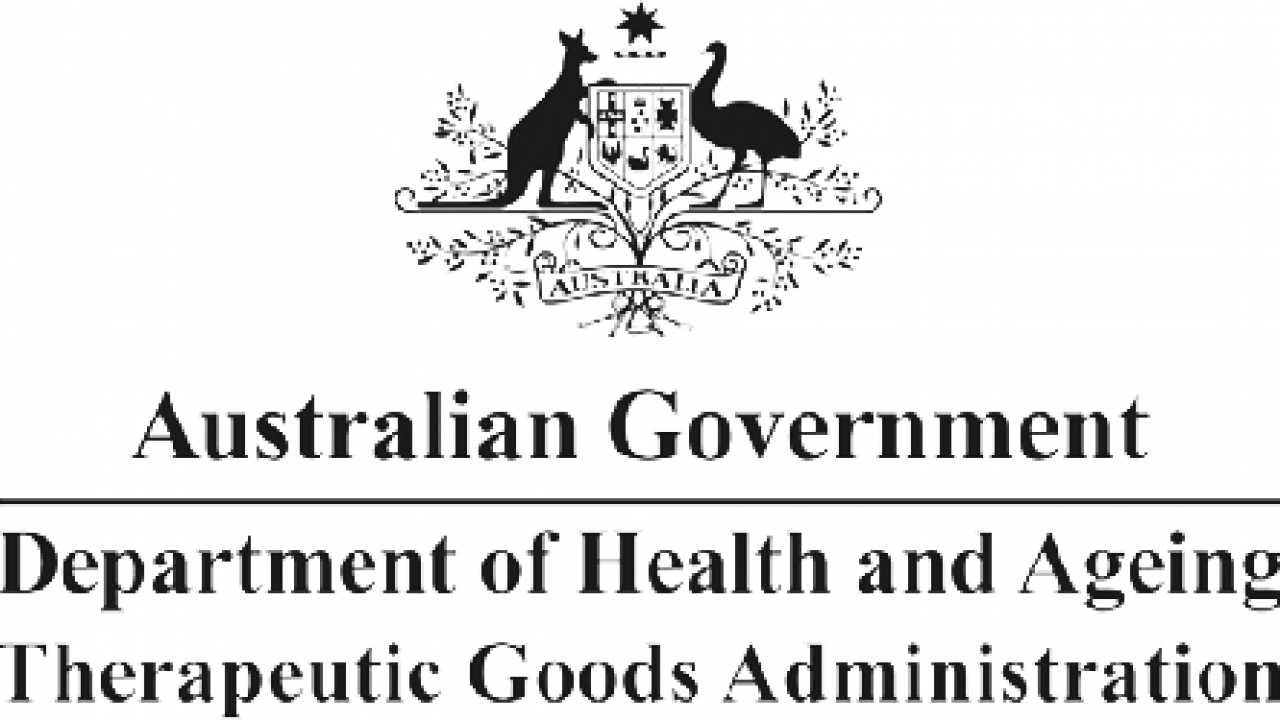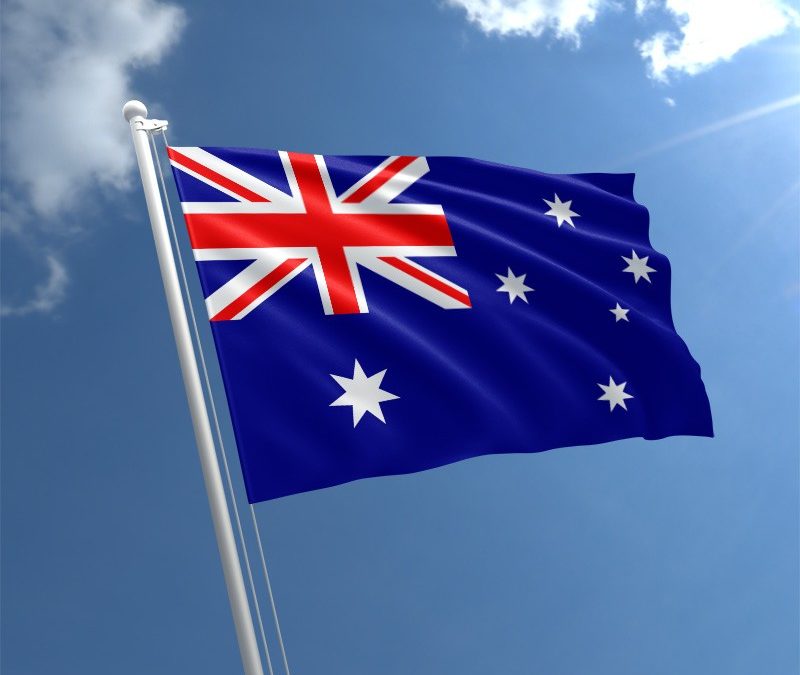The Therapeutic Goods Administration (TGA) of Australia has published draft guidance on clinical decision support software. The document describes the changes in the regulatory requirements to be implemented in the course of the upcoming improvement of the existing framework. The guidance is intended to provide all the parties involved with additional clarifications and recommendations to be considered in order to achieve and sustain compliance with the applicable regulatory requirements. At the same time, the authority additionally emphasizes that in case of any contradictions with the applicable legislation the latter shall prevail.

Regulatory Background
The TGA mentions that on February 25, 2021, the amendments to the regulatory requirements would take effect. The regulating authority has already published several guidance documents dedicated to the upcoming changes in the regulatory requirements for the software intended to be used for medical purposes.
According to the present TGA guidance, clinical decision support software (CDSS) should be subject to mandatory inclusion in the Australian Register of Therapeutic Goods (ARTG) – the national register of medical devices and other healthcare products. At the same time, there is an exemption to the abovementioned rule.
As it is stated in the document, clinical decision support software stands for the software product intended to be used to facilitate, support, and enable clinic practice. For instance, the scope of this concept covers such products as:
- A tool that provides details about the illness as a response to the information about symptoms,
- X-ray image analysis tool,
- A tool collecting data from a medical device.
The TGA mentions that the clinical decision support software could exist in various formats, including general desktop software, mobile applications, and also web versions, and cloud solutions. Hence the regulatory status of the software product should be determined depending on its functions and features, as well as the intended purpose, irrespectively of the particular form the software in question exists in.

Exclusions and Exemptions
As was already mentioned before, there are certain exclusions and exemptions with regard to mandatory inclusions of the medical software into the national register of healthcare products. The present TGA guidance describes both exclusions prescribed by the current regulatory requirements and the ones introduced by the amending regulations. In order to assist medical device manufacturers (software developers) and other parties involved in applying these rules and sustaining compliance with the applicable regulatory requirements, the TGA provides additional clarifications outlined herein. The two main concepts used by the TGA in this regard are Exclusion and Exemption.
- Excluded products are actually falling outside the scope of the current regulatory framework.
- Exempted products are not subject to mandatory inclusion in the national register. Nonetheless, they still should comply with certain regulatory requirements (e.g. advertising rules or mandatory incident notification requirements), and they still should be treated as medical devices, as long as they meet the appropriate definition set forth by the applicable legislation.
The TGA states that the list of excluded software products is provided in the appropriate regulation – the Therapeutic Goods (Excluded Goods) Amendment (Software-based Products) Determination 2021.
The regulatory requirements the exempted products remain subject to include, inter alia, the following ones:
- Notifying the regulating authority about the exempted products placed on the market. According to the guidance, such notification should be made not later than 30 business days from the date the product in question was placed on the market.
- Compliance with the essential principles outlining the most important requirements in terms of safety and performance of medical devices. In this regard, the TGA refers to the Australian regulatory guidelines for medical devices (ARGMD).
- Safety warnings and mandatory recalls of medical devices in case of safety issues causing hazards to the patients` health.
- Adverse event reporting requirements.
The regulatory requirements outlined herein shall be considered by the medical device manufacturers placing exempted software on the Australian market.
CDSS Regulatory Status Determination
The present TGA guidance on clinical decision support software also describes the approach to be applied when determining the regulatory status of the software. Under the general rule, the software shall be treated as the regulated product in case if it meets the definition of a medical device, is developed or marketed in Australia, and is not subject to any of the exclusions.
At the very first step, it is necessary to determine whether the software product in question meets the definition of a medical device set forth by the applicable legislation (namely, the Therapeutic Goods Act 1989). According to the aforementioned act, a software product meets the definition of a medical device in case if it is intended to be used for one or more of the following:
- Diagnosis, monitoring, prediction, prognosis, treatment or alleviation of disease, injury, or disability;
- Prevention of disease;
- Compensation for an injury or handicap;
- Investigation, replacement, or modification of the anatomy or of a physiological or pathological process or state;
- Control and support of conception;
- Is an accessory to a medical device.
The TGA additionally emphasizes that in order to be considered as a medical device, a CDSS shall perform at least one of the functions listed hereabove directly.
Thus, the intended purpose is one of the most important criteria to be considered when determining the regulatory status of the software. If the software product in question does not perform any of the functions associated with a medical device as described above, it should not be subject to regulation under the current framework. The authority also mentions that the software intended for ancillary purposes, such as displaying the information or printing it actually falls outside the scope of the medical device concept.
Should the medical device manufacturer (software developer) determine that the CDSS in question meets the definition of a medical device, as the next step of the regulatory status determination, it is necessary to assess whether the software product in question falls within the scope of any of the exclusions or exemptions set forth by the current regulatory requirements.
According to the guidance, excluded products are low-risk products that may meet the definition of a medical device, but which have been declared not to be medical devices in law. Thus, such products are not required to comply with the regulatory requirements for medical devices set forth under the applicable legislation. It is also important to mention that in certain cases an exclusion applies in the case of a software product performing only one specific function. In such a case, an exclusion scope would be limited to this particular function.
As it was mentioned before, exemptions could be applied for the products that meet the definition of a medical device when some of the regulatory requirements could be waived. The appropriate rules are set forth in the Therapeutic Goods (Medical Devices) Regulations 2002.
Should the software product in question fall within the scope of the exemption rules, its manufacturer is not obliged to notify the regulating authority in advance. The requirement for inclusion in the national register of healthcare products could be also waived.
Summarizing the information provided here above, the present TGA guidance outlines the regulatory requirements to be applied for clinical decision support software. In particular, the document describes the approach to be applied when determining the regulatory status of the software product, as well as the applicability of exclusions and exemptions.
How Can RegDesk Help?
RegDesk is a next-generation web-based software for medical device and IVD companies. Our cutting-edge platform uses machine learning to provide regulatory intelligence, application preparation, submission, and approvals management globally. Our clients also have access to our network of over 4000 compliance experts worldwide to obtain verification on critical questions. Applications that normally take 6 months to prepare can now be prepared within 6 days using RegDesk Dash(TM). Global expansion has never been this simple.
Sources:
https://www.tga.gov.au/resource/clinical-decision-support-software

